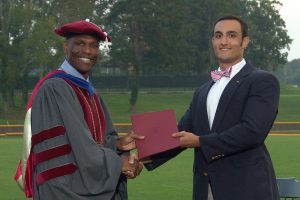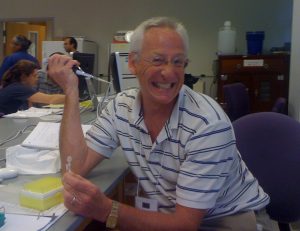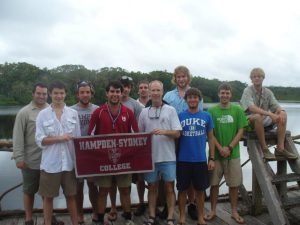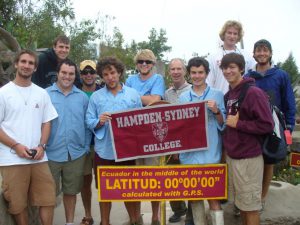Yonathan Tarekegne Ararso.– Over the summer, I spent 8 weeks working on a Herpetology research project with Dr. Rachel Goodman. The project was a survey on the presence of infectious diseases Ranavirus and the chytrid fungus Batrachochytrium dendrobatidis—which have contributed to the significant loss of the world’s amphibian & reptilian population. Our survey took place on three different sites in the Prince Edward County area: Briery Creek Wild Life Management, Chalgrove Lake (HSC), and Tadpole Hole Pond (HSC). We captured and collected data on over 170 turtles and 140 frogs. From the sites, we collected tissue samples and swabs to be tested via polymerase chain reaction (PCR) at a laboratory in University of Georgia, College of Veterinary Medicine
A significant part of the project was field work, so I learned a lot about trapping, hand capturing, collecting data, and handling amphibians and reptiles. The research and writing aspect of the project was also a great experience.


























